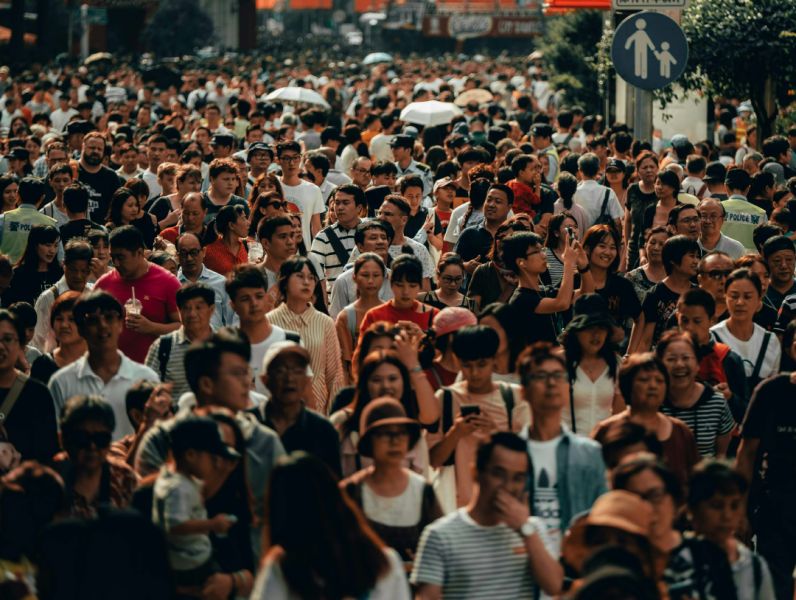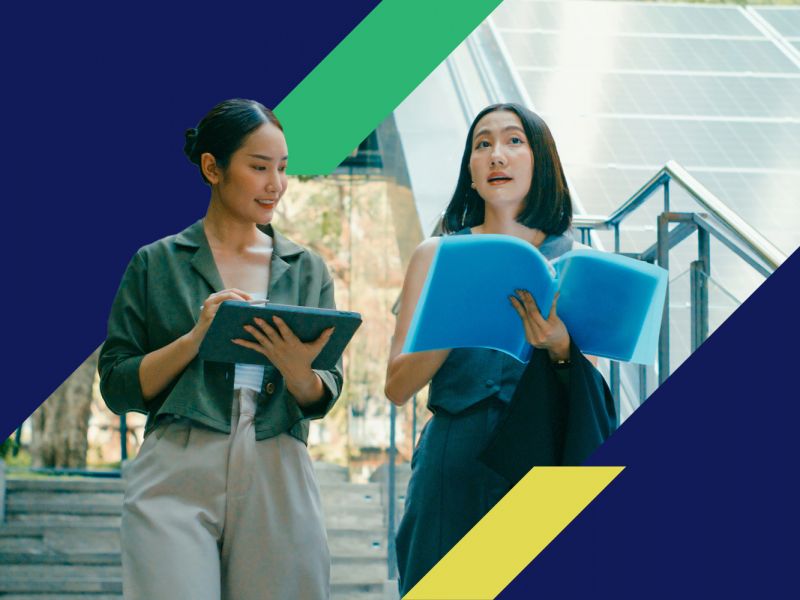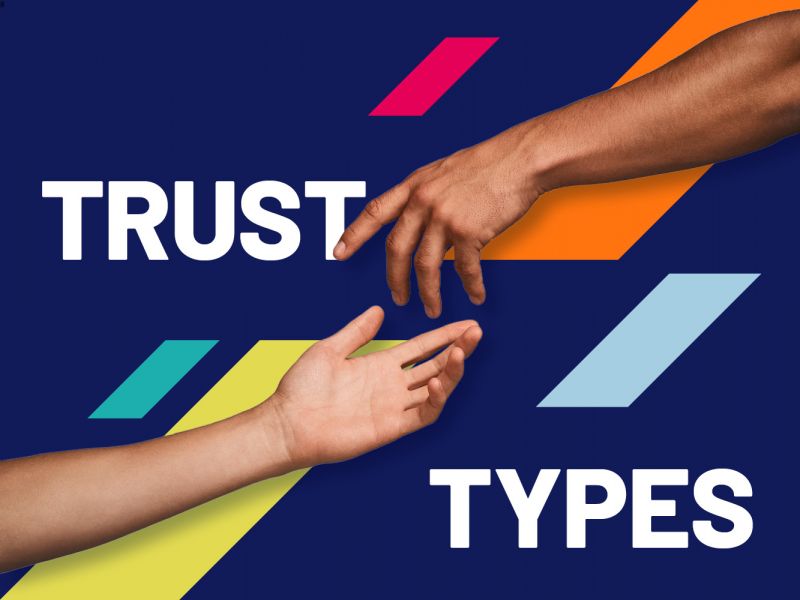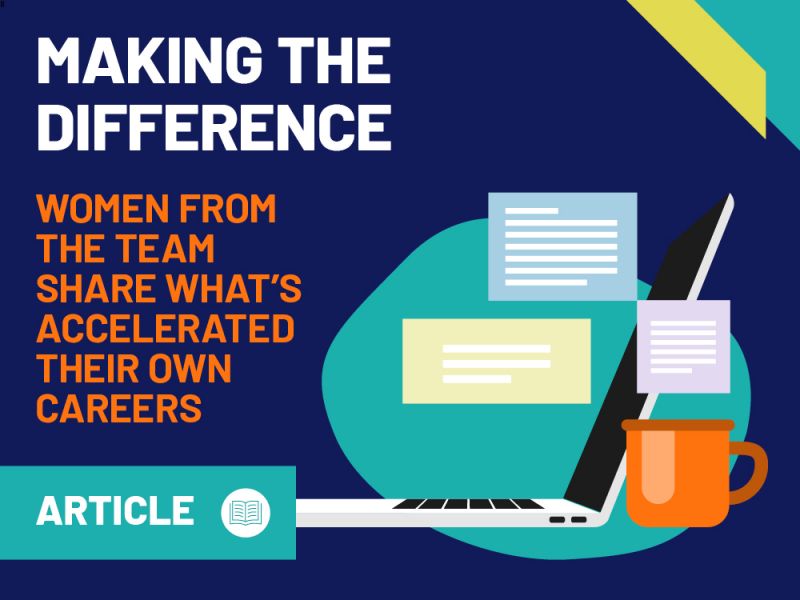Shape your stories
We all know when we’re in the presence of a story that’s being masterfully told. Doesn’t have to be a novel - maybe it’s a script. Or a song. Maybe it’s that one friend you’ve got who can just…talk, and the world gets redrawn.
But not every story is like that, because, well, telling a great story isn’t easy. Effective, yes. We’ve used them to share ideas for millennia for a reason.
But easy? Not so much. That’s why we created Wordsmith, a course for communicators, all about using writing to tell stories that work.
It’s based on the principles, practices and pointers that the IK&B content team use to guide our own writing. We find them helpful when we’re sharing research results or helping our clients communicate clearly, so we’re offering a few here in the hope that you’ll find them helpful too.

Choose the right words
(Myriam, Senior Content Writer)
When you’re writing, there’s a lot to think about. Audience, tone, the fear of the flashing cursor on the blank page… In English, you maybe have 1 million words to choose from (no one's counted them all). Does that help? No?
Well, here’s something that might. Most of us are choosing from a similar range of words. And for writing that readers remember, a little tip is to make things tangible. Think concrete, not abstract. Instead of productivity, try get things done. Ditch your culture of innovation for we encourage new ideas. Throw cross-functional synergies in the bin and work together instead.
Abstract words fade, concrete words stick.

Make your writing shine
(Eleanor, Content Writer)
There are many writing practice tips and tricks, but in my humble opinion one trumps the rest: editing. It’s the step that takes writing from ‘blah’ to ‘ta-da!’ So I urge you, with a sharp red pen to be brutal! Be ruthless! But be precise!
If something isn’t serving the story – no matter how carefully crafted or whimsically written – it’s got to go. Writers call it ‘killing your darlings’, and as painful as that sounds, in doing so you’ll be rewarded with clarity, sense and a better understanding of how to make good writing great.

Be smart with AI
(Sophie, Content Writer)
AI outputs are only as effective as their prompts. To generate responses that are as useful as possible, I frame prompts with CREATE: character, request, example, audience, type of output and extras.
Character: the persona you want the AI to have
Request: what you want the AI to do
Example: what you want the output to look like
Audience: who you’re writing for
Type of output: specifics around format and parameters
Extras: other guidance, like ‘don’t invent anything.’ Always worth a reminder.

Think ‘Who? What? How?’
(Mia, Content Writer)
No matter what I’m writing, I want it to serve my reader. To make sure I’m doing this, I ask myself a few questions.
Who is my reader, and what’s their journey?
How might they be feeling when they read this, and how do I want them to feel afterwards?
Unless I’ve explored these questions, my work is nothing more than a stab in the dark. Once I know the answers, I keep checking in with myself. Does this serve? Does this serve? Does this serve?

Inspiration is everywhere
(Russ, Content Lead)
For me, some of the best stories are told for kids, which is wayyyy away from employee engagement and culture change – but if you’re ever lacking inspiration around how to make complex stuff simple, that’s the place to go. Ask the Storybots. See if Bluey can condense the essence of the human condition into a couple of minutes. (Spoiler: it can.)
I like to seek inspiration like this as far from my day job as possible, find fun stuff and then apply it to my own writing. Stories are everywhere once we let ourselves notice them.
We hope these little tips and tricks are helpful. If you’d like to learn more about how we use story to give our data a soul, or you’re interested in our Wordsmith training course, get in touch. And enjoy your stories, wherever you find them.
Ipsos Karian and Box







